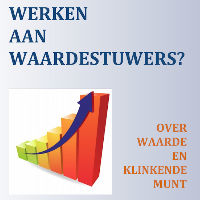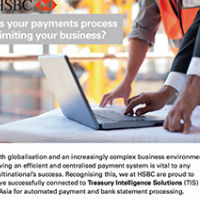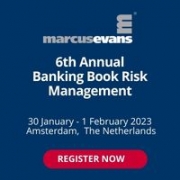Optimize proceeds from business transfers
| 9-1-2017 | Peter Schuitmaker |
 Prior to the sale of an SME, the shareholder/director is often advised to make early steps to prepare for a business transfer. This would increase the value at the moment of the sale, thus resulting in higher proceeds from this sale. At this point, many questions arise, like ‘what should be done?’, ‘how does this work?’ and ‘what are expected results?’. The lack of clear answers is a major cause for not making right choices and taking adequate steps in practice. Which leads to disappointing outcomes at the time of sale. Timely preparation for a business transfer is supported by four major pillars: working capital management, investment policy, cost effectiveness and business rigidity. My third book, titled “Werken aan Waardestuwers? Over waarde en klinkende munt!” (in Dutch) is about this topic.
Prior to the sale of an SME, the shareholder/director is often advised to make early steps to prepare for a business transfer. This would increase the value at the moment of the sale, thus resulting in higher proceeds from this sale. At this point, many questions arise, like ‘what should be done?’, ‘how does this work?’ and ‘what are expected results?’. The lack of clear answers is a major cause for not making right choices and taking adequate steps in practice. Which leads to disappointing outcomes at the time of sale. Timely preparation for a business transfer is supported by four major pillars: working capital management, investment policy, cost effectiveness and business rigidity. My third book, titled “Werken aan Waardestuwers? Over waarde en klinkende munt!” (in Dutch) is about this topic.
In this book, the valuation process and the transaction process are elaborated. The valuation process induces the company’s value, as perceived by the buyer, which is fundamentally different as perceived by the seller as a result of the information asymmetry. The transaction process induces the company’s selling price, which is fundamentally different than the company’s value.
Werken aan Waardestuwers
In my book ‘Werken aan Waardestuwers’, the case of Charles’s (Dutch: Karel) carpentry KaKaBo is elaborated. KaKaBo is specialised in the production and installation of hardwood cabinets for high-end office environments. Charles plans to sell the business in three years and evaluates the company’s financial position and performance. From this evaluation, Charles learns that the financials appear to be fine: the EBITDA = 12,5%, the Income before Taxes is 6,5%, the Debt Service Capacity is 3,5 and the Solvency is 60%. At this point, Charles feels comfortable. But the valuation of the company, based on the Adjusted Present Value DCF method, gives rise to an uneasy feeling: the economic value of KaKaBo’s shares at the expected time of sale not much more than it’s book value. And the expected selling price, as a result of the transaction process, is even less than it’s book value. So, obviously, some work needs to be done.
The book describes the choices and concrete steps, which are taken by Charles. He improves the working capital management and reviews and adjusts his investment policy. This has an immediate effect on the cash-cycle of KaKaBo: an immediate cash-in, which adds to Charles’ proceeds.
Furthermore, Charles detects and eliminates some cost inefficiencies. This certainly proves to be not an easy job but effective nevertheless. Besides, Charles evaluates the dependencies on internal and external stakeholders. And above all: his role as dominant player in the operation. By this he achieves a more moderate risk-perception as seen from a buyers’ point of view. At the end, this leads to excess economic value of 67% over the company’s book value. And an expected selling price of more than 50% over it’s book value, due to better business transfer financing opportunities.
“Werken aan Waardestuwers” (ISBN: 9789082615616) is expected to be sold via bol.com in February 2017.

Registered Advisor for Business Transfer and Succession










